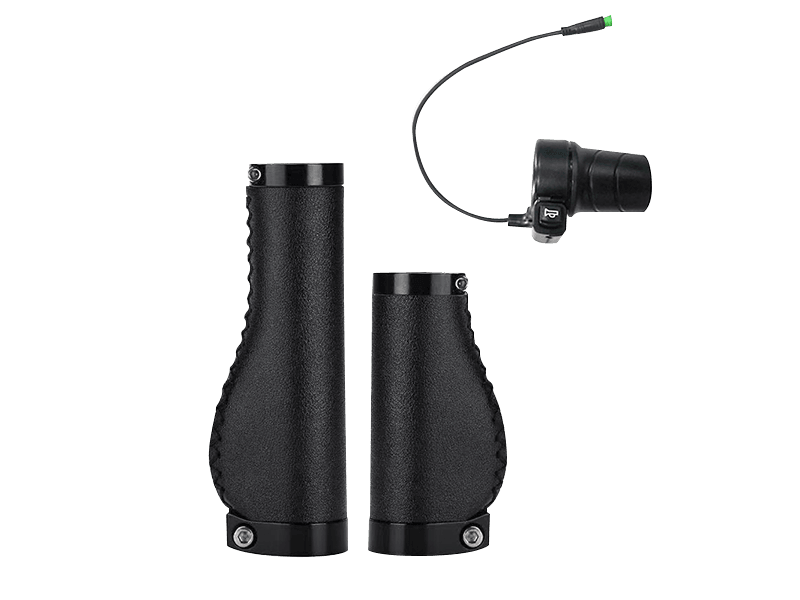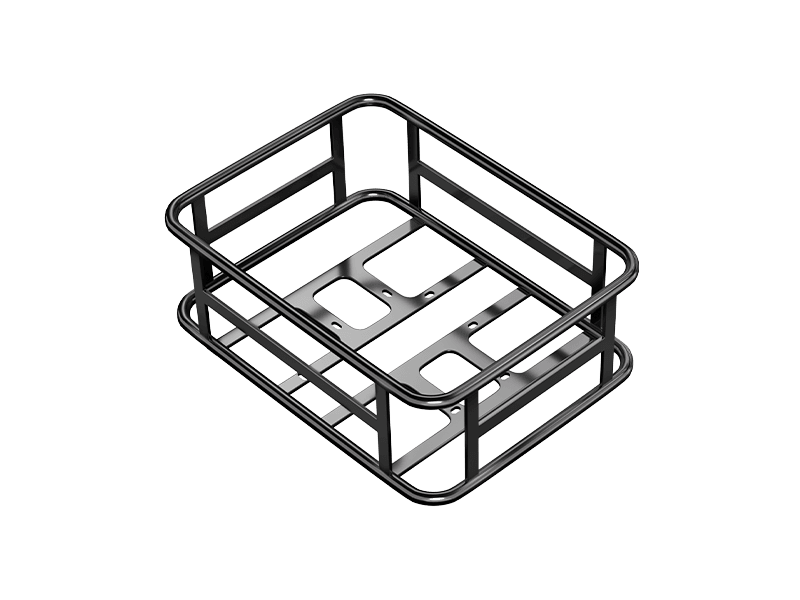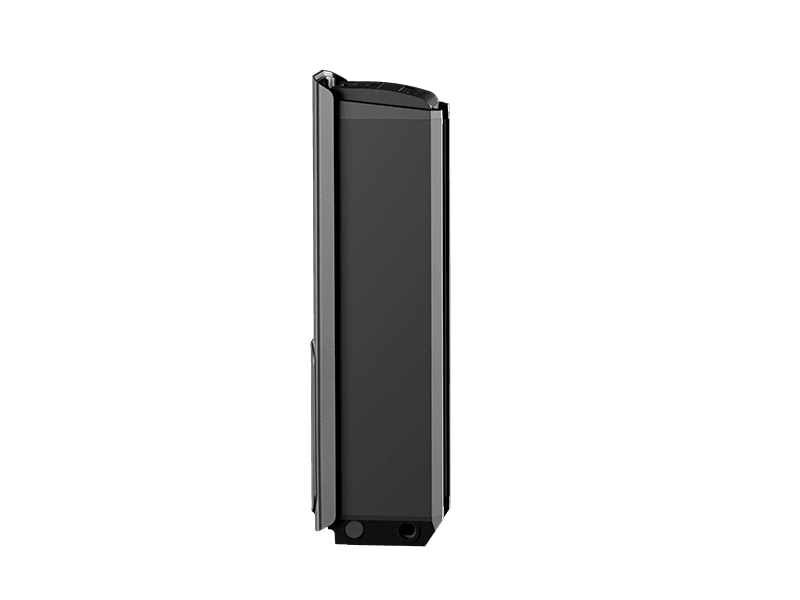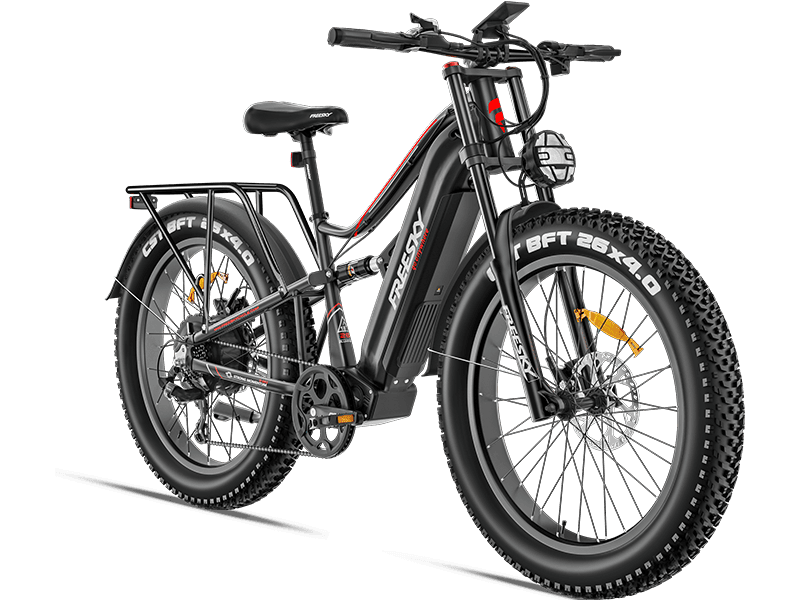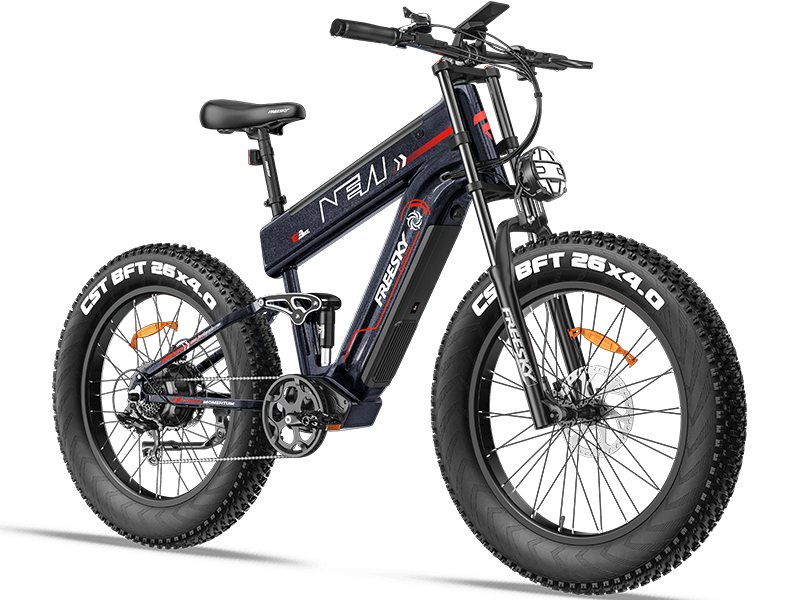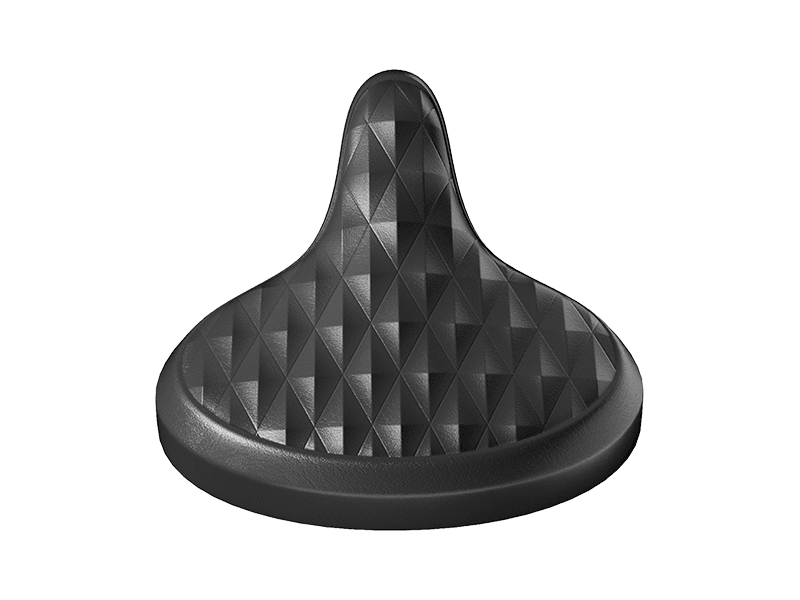Why You Should Consider an Electric Bike
Dec 08, 2025
The thrill of discovering a new trail, the wind brushing past as you cruise down an open road, the sun warming your face… Or, let’s be honest, maybe you just dislike pedaling up steep hills. Whatever your motivation, researching electric bikes before committing is the smart first step — and you’re here, so congratulations on taking it.
In this post, we’ll explore why an electric bike is more than just a mode of transportation. What makes eBikes fun, practical, and increasingly popular? From convenience to adventure, here’s why investing in a FREESKY eBike could change the way you ride.
Make Everyday Riding Easier
E-bikes are designed to simplify cycling — without removing the fitness benefits entirely. They use modern technology to make commuting, errands, and recreational rides easier and more enjoyable.
Key advantages include:
- Hills Become Simple: Forget struggling up steep inclines. With a FREESKY motor, you can conquer hills in style and comfort, whether using pedal assist or throttle mode.
- Gentle on Joints: Knee pain or joint strain? The electric assist takes the pressure off, letting you pedal lightly while the motor handles the heavy work.
- Ride Through Challenging Conditions: Windy streets, light snow, or loose gravel are no longer intimidating. While an eBike isn’t invincible, extra motor power helps you maintain momentum safely.
Stay Fit, Feel Energized
E-bikes don’t replace exercise — they enhance it. They give you the flexibility to ride further and more frequently, encouraging healthy habits.
- Motivation to Ride More: Knowing there’s always assistance available makes you more likely to ride regularly, burning calories and staying active.
- Low Impact Cardio: Cycling strengthens your heart and lungs while sparing your joints from harsh impact.
- Smart Pedal Assist: Pedal assist keeps your effort consistent, regardless of terrain, so you can enjoy the journey while improving fitness safely.
Mountain Biking, Reimagined
For those who love trails, an eBike is a game-changer:
- Accessibility for All Riders: Steep or technical trails are no longer limited to elite cyclists. FREESKY motors give everyone the ability to navigate challenging terrain.
- Arrive Fresh for the Fun Parts: You’ll reach summits with energy to spare, allowing you to enjoy descents and technical sections fully, without exhaustion slowing you down.
Fat Tires: The New Standard
Fat bikes have redefined off-road riding. Combined with e-bike technology, they deliver unparalleled versatility:
- Smooth Comfort: Wide tires distribute your weight evenly, absorbing bumps and offering a more comfortable ride than standard tires.
- Stability and Balance: A larger contact patch reduces wobbling and improves confidence on tricky surfaces.
- Conquer Diverse Terrain: From sand to snow, mud to gravel, fat tires offer exceptional grip and control, letting you explore with confidence.
Why FREESKY eBikes?
FREESKY eBikes are designed for riders who value power, reliability, and fun. With full suspension, high-capacity batteries, fat tires, and intuitive pedal-assist systems, our eBikes make every ride an adventure. Whether commuting, exploring trails, or enjoying weekend rides, FREESKY equips you with the performance and comfort you need.
Check Deals
Join the E-Bike Revolution
Electric bikes are more than just transportation — they’re a lifestyle upgrade. Ride farther, tackle hills with ease, and discover new paths without sacrificing fitness. Explore FREESKY’s range today and see why eBiking is becoming the preferred choice for riders worldwide.
Read More
Freesky Eurostar Ultra: Elevating Everyday Rides with Comfort, Speed, and Adventure
Dec 05, 2025
As a 54-year-old male executive chef who deeply values the outdoors, I’m thrilled to share my overwhelmingly positive experience with the Freesky Eurostar Ultra, which I purchased in August 2025. This e-bike has truly been an excellent investment, providing an incredibly smooth and enjoyable ride every time I hop on.
The bike’s full suspension system ensures a comfortable experience, even on rougher terrain, and its adjustable features, including five pedal-assist modes, allow for a customized ride depending on my mood or the terrain. With pedal-assist mode three being my usual setting, I can effortlessly cruise at speeds of 45 km/h or more when I feel like pushing myself a bit faster.
What I appreciate most is the bike’s impressive battery life, consistently delivering over 65 km on a single charge. This has been more than sufficient for my daily rides, and the fact that I don’t have to worry about running out of power mid-ride is a huge plus. I mostly use it on well-maintained trails and bicycle paths, where it performs flawlessly—offering both comfort and the ability to take in the beauty of the landscape at my own pace. So far, I’ve covered over 2,100 km without encountering a single issue, which speaks volumes about the bike’s build quality and durability.
Another feature worth mentioning is its sleek and attractive design. It’s not only practical but also a great conversation starter whenever I stop for a break. Whether I’m exploring new routes or sticking to familiar ones, this bike has truly become an essential part of my daily routine. I ride almost every day, weather permitting, and it has significantly enhanced both my fitness level and overall enjoyment of the outdoors.
The slogan “Freesky, go anywhere” really encapsulates everything this bike is about. Whether on smooth pavement or slightly more challenging trails, it always handles beautifully, and I have complete confidence in its performance. It’s not just a mode of transportation; it’s an experience I look forward to every day.
Read More
Electric Bike vs. Scooter Which One Should You Choose
Dec 01, 2025
Electric bikes and scooters have surged in popularity as convenient ways to navigate city streets, parks, and bike paths. With more people seeking alternatives to cars, understanding the differences between these two electric rides is crucial before making a decision.
Several factors—ride range, comfort, safety, portability, enjoyment, terrain adaptability, and cost—determine which option is best for your lifestyle. Let’s break down the key differences to help you decide.
RangeE-bikes generally offer a longer travel range compared to scooters. Most e-bikes can cover 25–50 miles on a single charge, while high-end models can reach over 100 miles. Scooters, on the other hand, usually travel 10–30 miles per charge. The pedal-assist feature on e-bikes conserves battery power, further extending the range, whereas scooters rely solely on their motor and battery.
ComfortElectric bikes are designed with long rides in mind. Comfortable saddles, ergonomic riding positions, and suspension systems reduce strain on the back and knees. Many e-bikes allow seat and handlebar adjustments for a personalized fit.Scooters, in contrast, require standing on a small deck, which can tire the legs over time. Minimal suspension and small wheels transfer more vibrations to the rider, making longer rides less comfortable.
SafetyE-bikes are generally more stable due to larger wheels, a low center of gravity, and the ability to sit while riding. Most models come with advanced braking systems, built-in lights, and reflectors. Scooters, with their smaller wheels and higher standing position, can feel less stable and are more sensitive to uneven surfaces, increasing the risk of accidents.
PortabilityScooters excel in portability—they are lightweight, foldable, and easy to carry indoors or store in a vehicle. E-bikes are heavier and bulkier, often requiring racks for transport, though some folding models offer a compromise between portability and performance.
EnjoymentE-bikes deliver a riding experience closer to traditional cycling. Pedal assist and gear systems allow riders to control intensity and enjoy longer scenic trips. Scooters provide a quick, adrenaline-fueled ride, ideal for short urban commutes or weaving through crowded areas. Personal preference largely determines which is more enjoyable.
Terrain AdaptabilityE-bikes, equipped with larger wheels, knobby tires, and suspension systems, can handle a variety of surfaces including gravel paths, trails, and rough roads. Scooters perform best on smooth, flat surfaces like sidewalks and paved streets, and are less suitable for off-road use.
Price and AffordabilityScooters are generally more budget-friendly, with entry-level models starting around $300 and higher-end versions up to $1,500. E-bikes tend to cost more, typically starting around $1,000 and reaching $5,000 or more for premium models with advanced motors, larger batteries, and high-quality components. While the upfront cost is higher, e-bikes offer durability, versatility, and the potential to save on commuting expenses over time.
Which Should You Choose?Your choice depends on your needs:
- E-bikes are ideal for longer rides, varied terrain, and those seeking both exercise and comfort.
- Scooters are perfect for quick trips, easy storage, and urban commuting on flat roads.
Both options are eco-friendly and cost-efficient alternatives to cars. Consider your commute, budget, and riding preferences to select the electric ride that suits you best.
For those leaning toward an e-bike, browse high-quality models at our store, where performance and reliability are top priorities.
Visit Freeskycycle Official Store.
Read More


